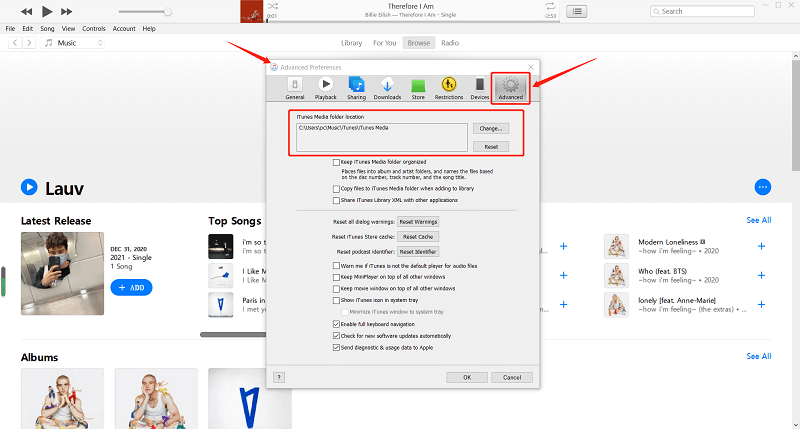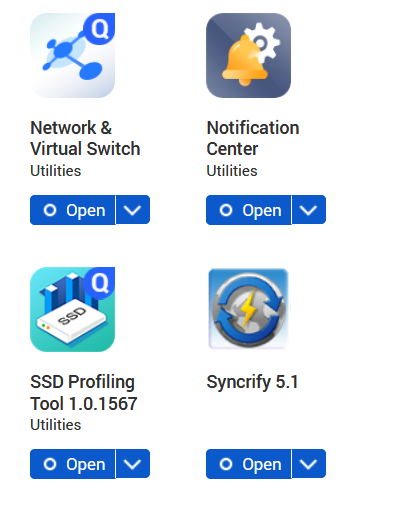

- #Supersync itunes media qnap manual
- #Supersync itunes media qnap software
- #Supersync itunes media qnap Pc
The same track would load and play in iTunes so the playback issue remains a mystery. Another issue with playback in SuperSync is some tracks simply wouldn’t play, it would skip to the next available track without any indication for why the track wouldn’t play.
#Supersync itunes media qnap software
This is a huge omission for software that’s aimed at making music organization easier for DJs. DJs have lots of music to go through and typically skip to various parts of the track to quickly get a feel for it. One complaint with listening to music from SuperSync is that it’s not possible to scrub through tracks. Normally ratings don’t carry over if tracks are transferred manually outside of SuperSync, so this is great for DJs that rely on ratings to organize and sort their music.ĭJs can also listen to tracks from both the local and remote library. Another unique feature of SuperSync is the ability to sync metadata from iTunes such as ratings and play count. A possible scenario is downloading a bunch of tracks on a desktop and then quickly syncing them to a DJ laptop. Once Supersync is paired with another library, DJs have the ability to “Get” tracks from the remote library, “Put” tracks into the remote library, or “Sync” to have the song on both computers. This is where SuperSync starts to shine and becomes a huge time saver for managing multiple libraries. The colors indicate the synced status of the track – Grey = local, Blue = remote, Green = synced (on both computers). Tracks will be highlighted grey, blue, or green.

Things start to look different once you’ve connected SuperSync to a remote library on another computer, a second library on the same computer, or to an iOS device. Transfer progress window makes it easy to monitor transfer between local and remote libraries. These are meant to indicate the status or possible problems with the track. Where it gets a little more complicated is with the icons and flags that are displayed beside the track names.

There are 3 columns above the main list view for Genre, Artist, and Album and the library has all the familiar sorting columns that you’d expect to find in iTunes. The library section resembles iTunes as well. While it’s possible to figure these things out from iTunes, it’s easier having SuperSync automatically display and filter tracks that fit this criteria so that you can clean them up with artwork or locate the missing tracks. DJs can quickly see which tracks aren’t found, incomplete albums, or tracks that don’t have artwork. On the left side there’s a filter tab that sorts music into playlists, different formats, and also displays flags and problems. SuperSync has a layout that feels very familiar with iTunes.
#Supersync itunes media qnap Pc
#Supersync itunes media qnap manual
It’s impossible to have multiple iTunes libraries open so organizing music between 2 collections has mainly been left to manual transfers, with no easy way to compare the contents of libraries side by side. However after all these years managing multiple iTunes collections has always been a pain for DJs. This is mainly due to its support in major DJ software and for it’s ease of use for general listening. ITunes is one of the most popular programs amongst DJs for managing and organizing their music collections.


 0 kommentar(er)
0 kommentar(er)
